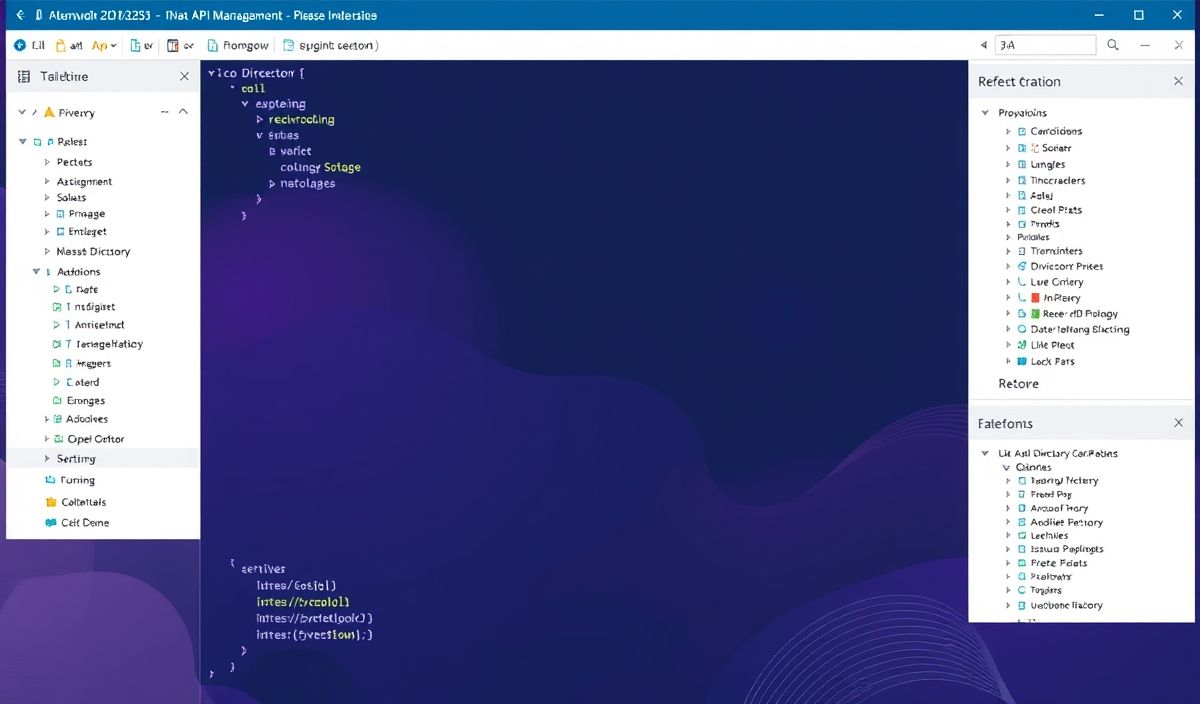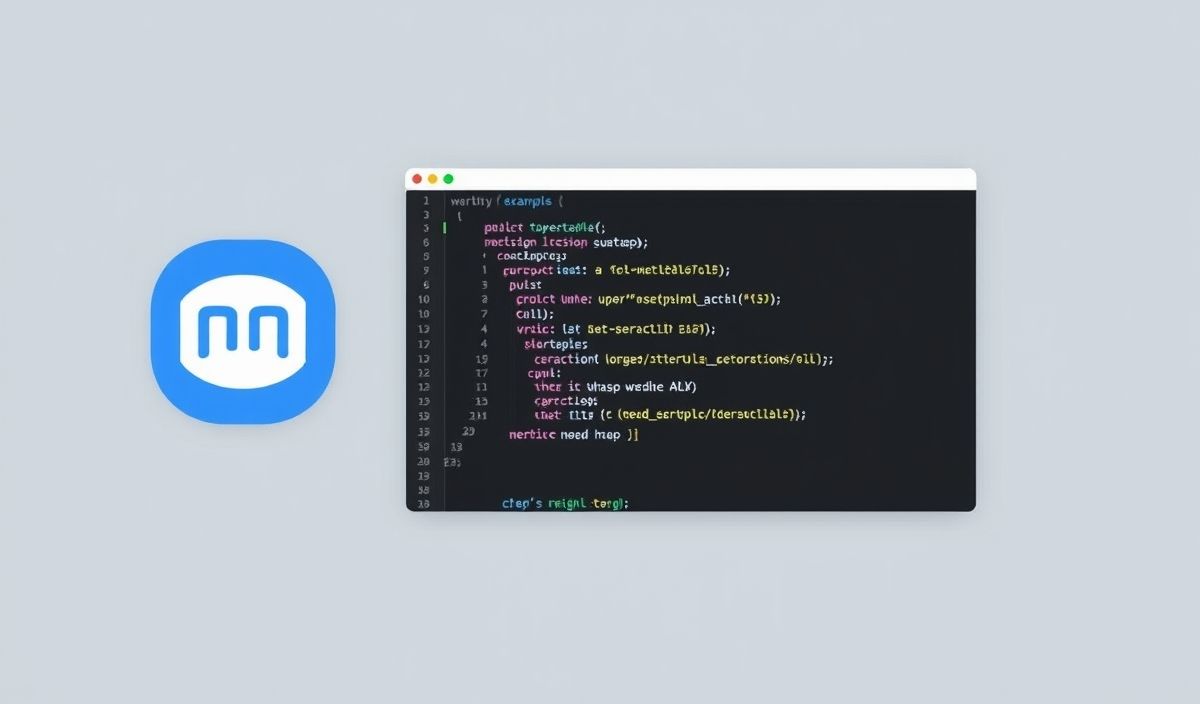Introduction to Klaw
Klaw is an advanced and powerful API management tool designed to simplify the development, deployment, and monitoring of APIs. Its extensive capabilities allow developers to seamlessly integrate and manage APIs, enhance security, improve performance, and drive innovation. This post explores dozens of useful Klaw APIs with examples, aiming to provide you with a thorough understanding and practical knowledge of this versatile tool.
Getting Started with Klaw
To start using Klaw, you need to install it via npm:
npm install klaw
API Examples
1. Basic Directory Traversal
The core functionality of Klaw is to traverse directories in a Node.js environment.
const klaw = require('klaw');
const path = './your-directory';
klaw(path)
.on('data', item => console.log(item.path))
.on('end', () => console.log('Directory traversal complete.'));
2. Using Filters
You can filter the results to exclude specific files or directories.
const klaw = require('klaw');
const excludeDirsFilter = item => !item.stats.isDirectory() || !/exclude-directory/.test(item.path);
klaw('./your-directory', { filter: excludeDirsFilter })
.on('data', item => console.log(item.path))
.on('end', () => console.log('Filtered directory traversal complete.'));
3. Handling Errors
Proper error handling is crucial in API management.
const klaw = require('klaw');
const path = './your-directory';
klaw(path)
.on('data', item => console.log(item.path))
.on('error', (err, item) => console.log('Error: ', err.message, item))
.on('end', () => console.log('Directory traversal complete.'));
4. Reading File Metadata
Get detailed file metadata during traversal.
const klaw = require('klaw');
const path = './your-directory';
klaw(path)
.on('data', item => {
if (!item.stats.isDirectory()) {
console.log(`File: ${item.path}, Size: ${item.stats.size} bytes`);
}
})
.on('end', () => console.log('Metadata reading complete.'));
App Example using Klaw
Let’s create a simple application that uses Klaw to clean up a directory by removing temporary files.
const klaw = require('klaw');
const fs = require('fs');
const path = require('path');
const directoryPath = './your-directory';
klaw(directoryPath)
.on('data', item => {
if (!item.stats.isDirectory() && path.extname(item.path) === '.tmp') {
fs.unlink(item.path, err => {
if (err) console.log('Error deleting file: ', err);
else console.log('Deleted temp file: ', item.path);
});
}
})
.on('end', () => console.log('Directory cleanup complete.'));
With these examples, you should have a good starting point to explore and implement Klaw in your applications. Remember to refer to the official documentation for more in-depth information and advanced usage.
Hash: ff44034bd1b3e75a0fe6202621c75c47235f7f149891048060fe29b5bc6d6c88




